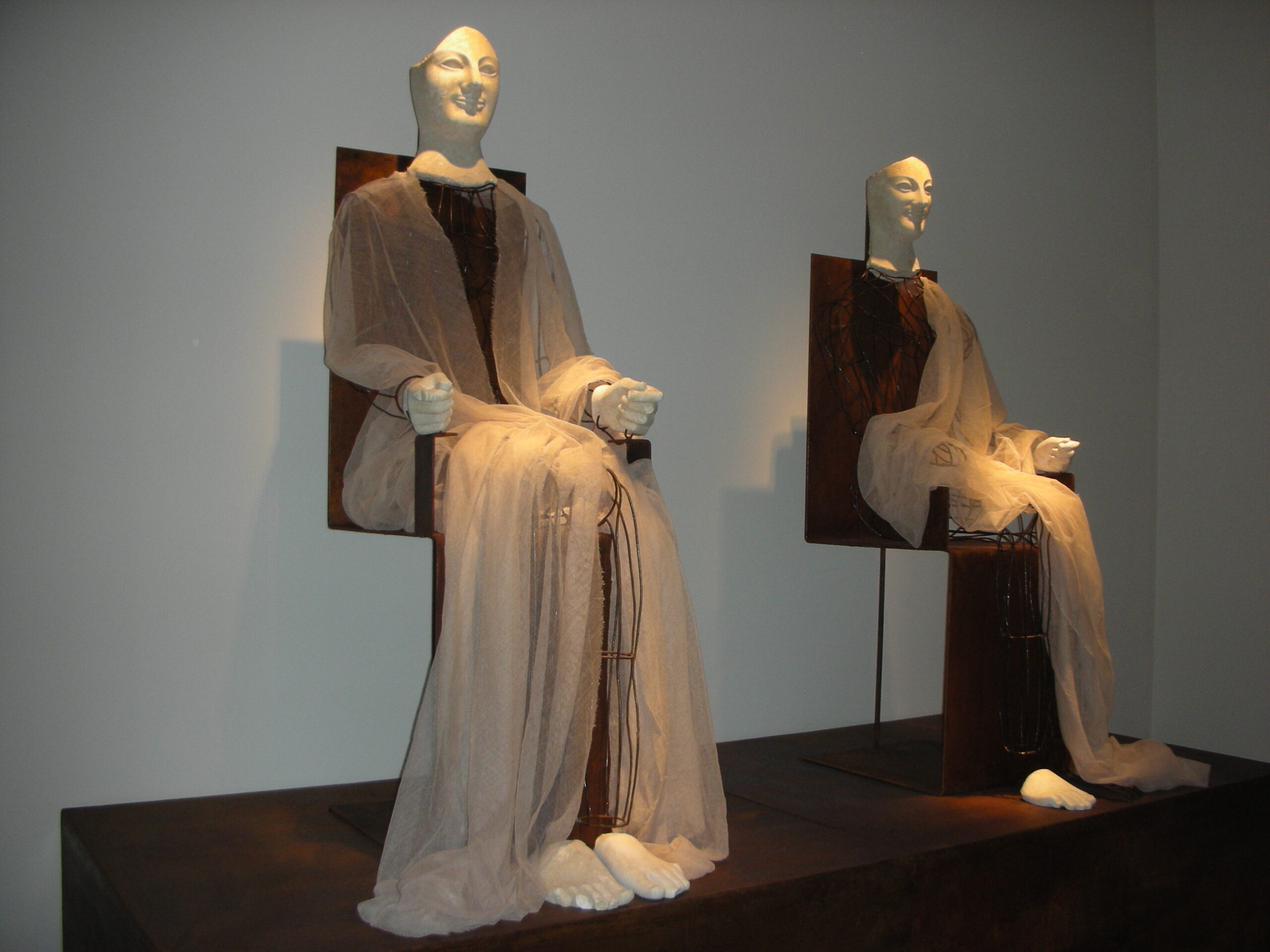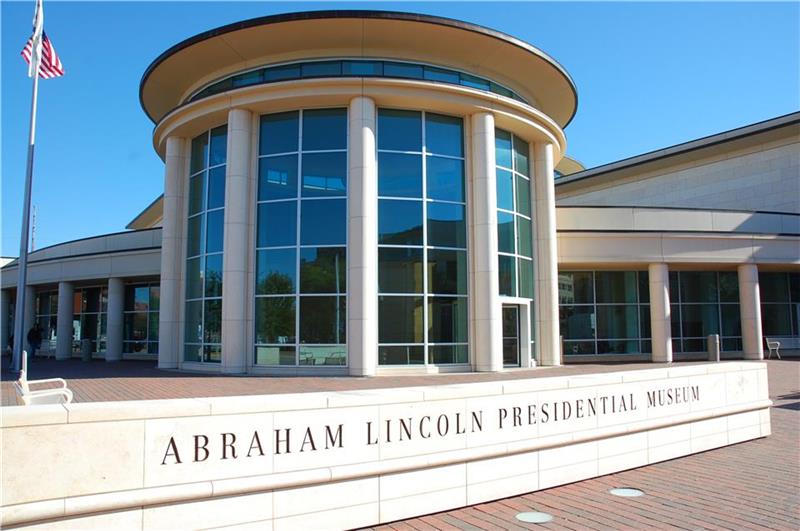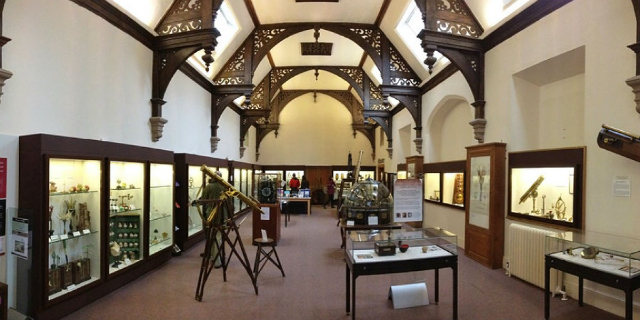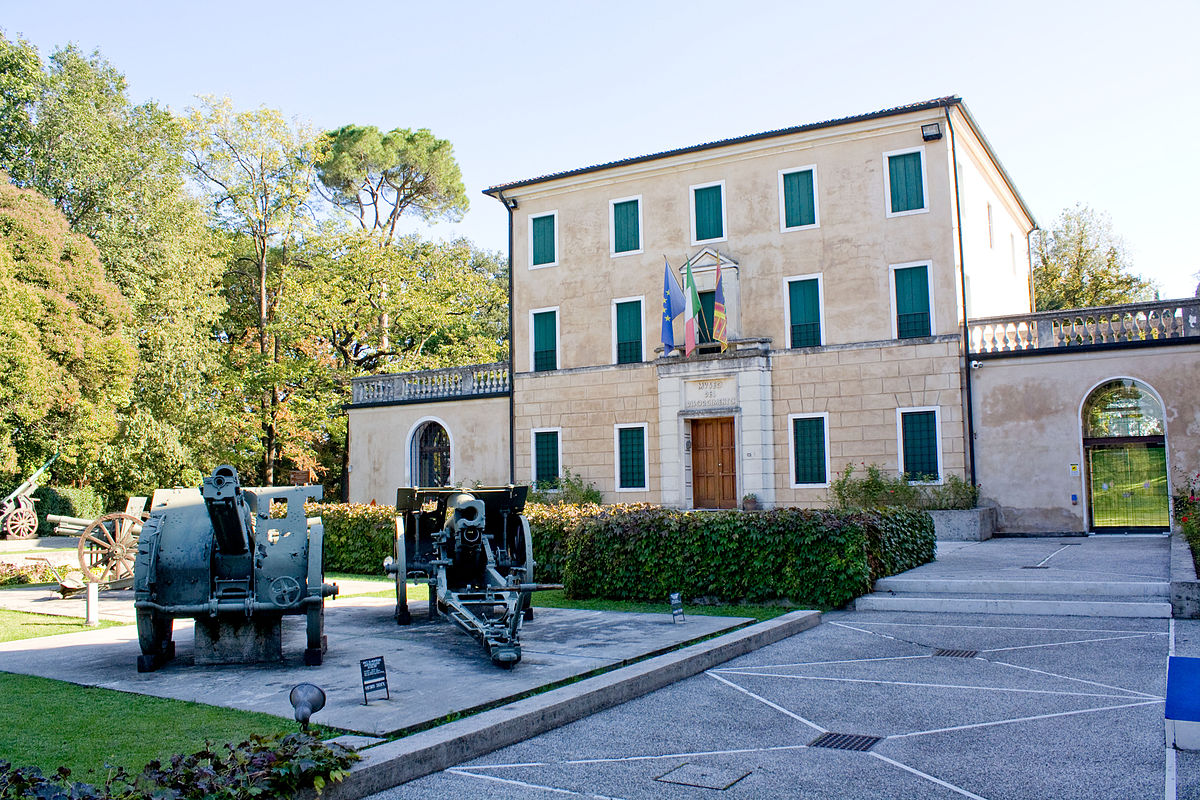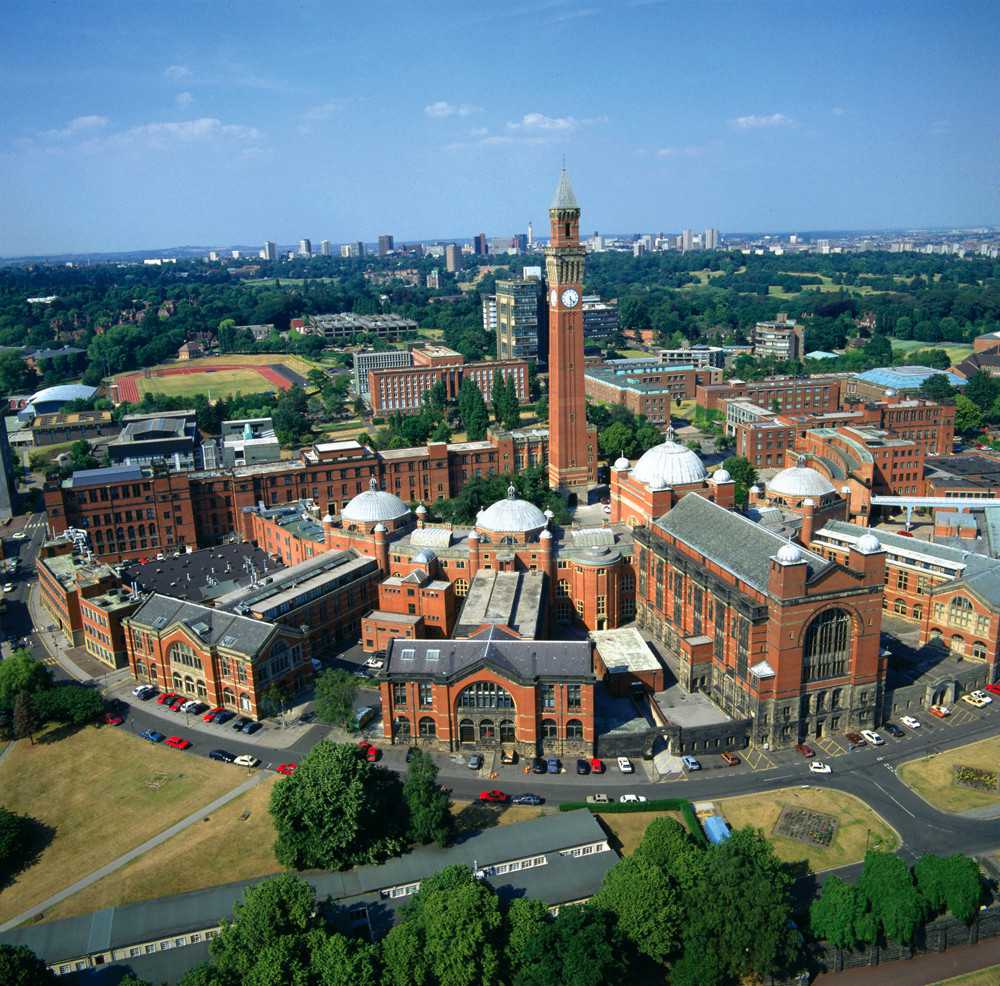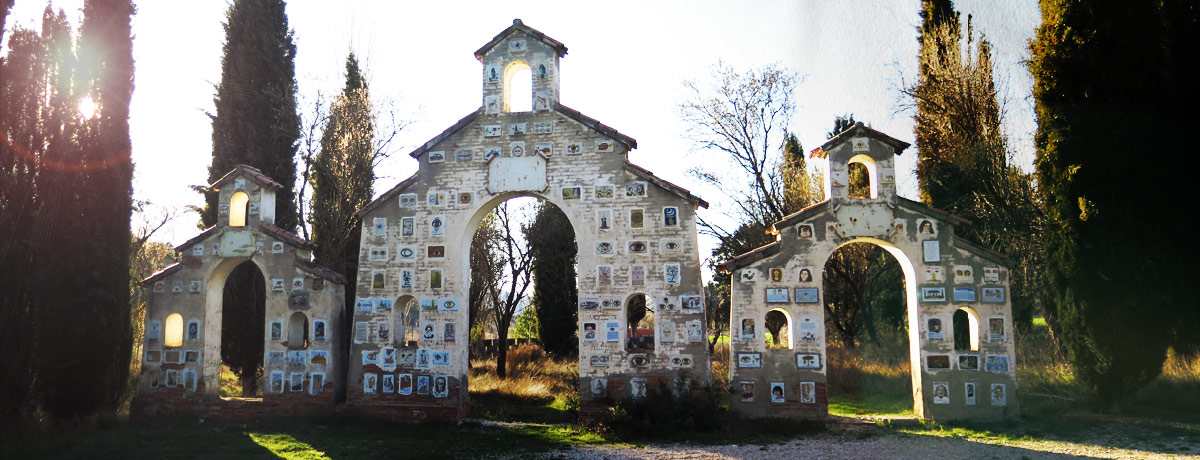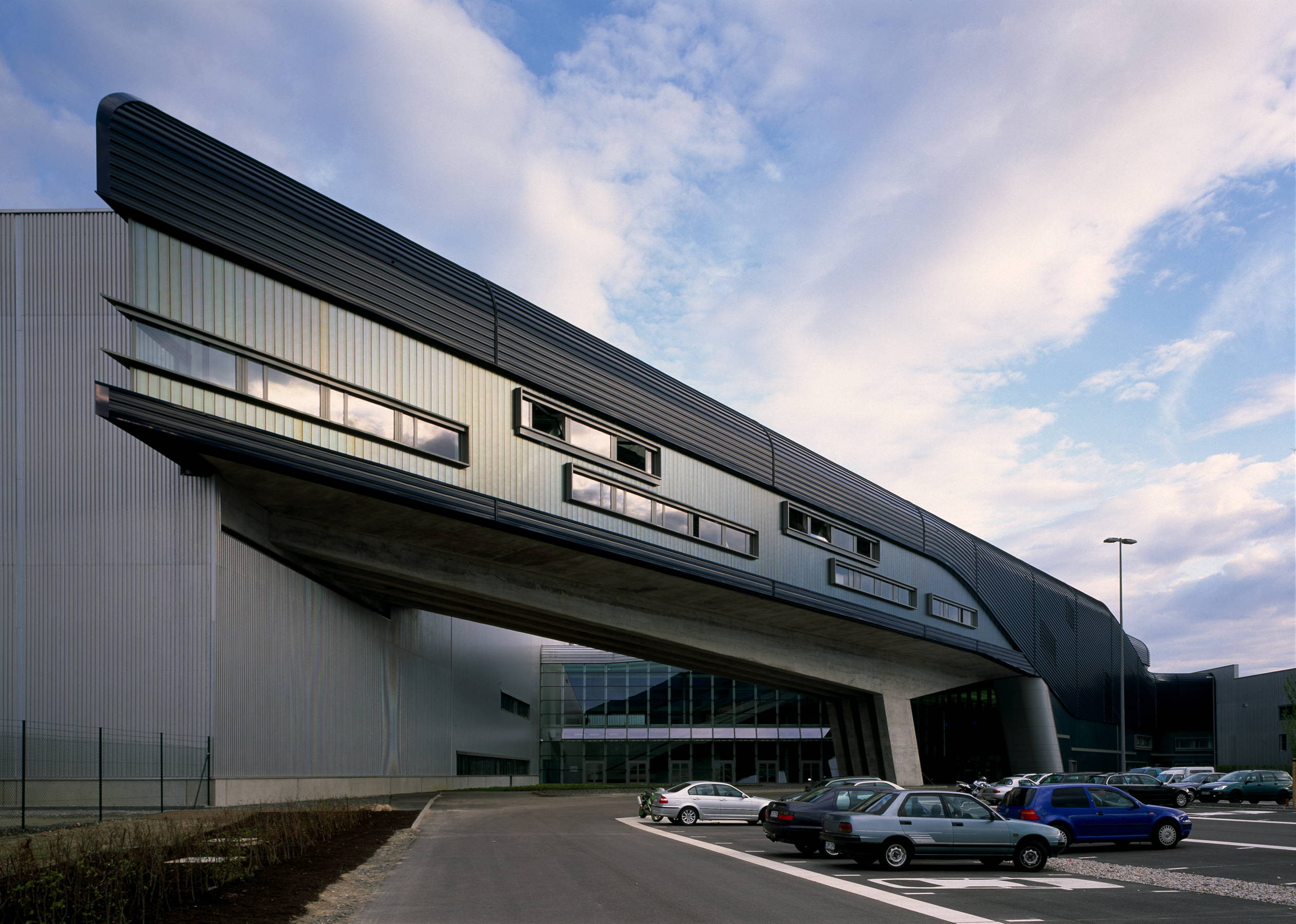The Archaeological Museum of Aidone is located in the historical centre of Aidone.
The museum is the former Convent of the Capuchin Fathers, built between 1611 and 1613 under the regency of Father Gregorio da Castrogiovanni.
The original architectural layout, including the church, dedicated to St. Francis, was the object of intervention in 1984, when it was used as a museum.
The museum is accessed from the church of San Francesco whose nave is partly used as a conference room. A flight of stairs leads to the crypt, whose walls are entirely covered with tomb niches.
The museum illustrates the history of Morgantina from the Bronze Age to the Roman-Republican Age.
The site of Morgantina has been inhabited since prehistoric times. The oldest known remains of a settlement have been found on the hill of the Citadel and date back to the 13th century B.C., a period in which the central area of Sicily, according to historical tradition, was occupied by the Morgeti, a population coming from the continent, to whom Morgantina probably owes its name.
Always on the same hill, the Calcidesi settlers arrived from the plain of Leontinoi, founded their urban settlement.
In 459 B.C. the settlement was besieged and destroyed by the Siculi di Ducezio.
Around the middle of the V century B.C. the new city rose in the nearby Serra Orlando with an orthogonal urban plan typical of newly founded Greek cities of which few traces remain.
Starting from the fourth century B.C. we have the best known and best documented phase of the city. In the third century, especially during the reign of Ierone, the city grew in prosperity, as can be seen from the remains of the monumental buildings of that time.
The reorganization of the agora, after the destruction of 211 B.C., and the existence of buildings dating back to around 50 B.C., document the Roman phase of the city which later, in the Roman-Imperial age, disappeared due to progressive abandonment.
The collections. The collection of the exhibited materials comes from the excavations carried out, starting from the 50s, by the American Mission of Princeton and Virginia Universities and the Superintendencies of Syracuse, Agrigento and Enna.
The arrangement, in the exhibition halls, is chronological and thematic. The exhibition of the finds is accompanied by topographical maps and explanatory panels.
rooms 1, 2 introductory rooms with documentary panels and view of the cloister; pithoi room
rooms 3, 4 prehistoric and protohistoric settlement: C.da San Francesco and the Citadel
room 5 the Acroliths
room 6 the goddess of Morgantina
room 7 architecture room of Morgantina
room 8 the spa of Morgantina
room 9 the Silver of Morgantina
Room 10 Morgantina in the Archaic Greek Age: the Citadel
room 11 the Hellenistic-Roman town: the town of Serra Orlando, the sanctuaries, the necropolis
